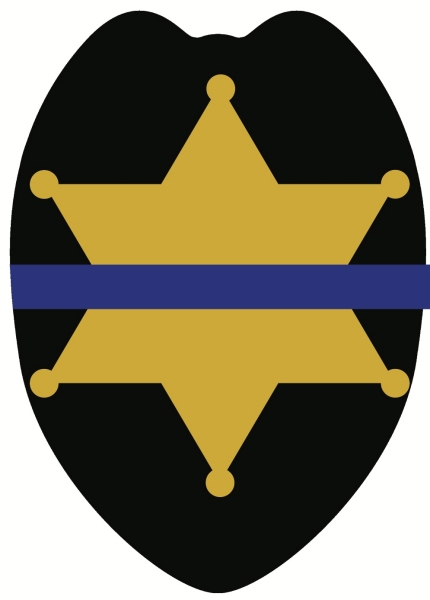
So why use the San Jose Model (SJM) as your field training program? The SJM has been around for many years. If your agency is considering the design and implementation of a field training and evaluation program, the SJM should seriously be considered.
The SJM was developed to prevent an agency from civil liability by using the Standard Evaluation Guidelines, the Behavioral Anchor Points on the Seven-Point Scale, and the Daily Observation Report (DOR).
Using the SJM training program as an evaluation system to retain or terminate personnel, will be considered as a “test.” I think we can all agree that the key “job task elements” (what it takes to be successful) for peace/corrections officers are identical or similar throughout the nation. I am unaware of any court ruling or legal precedent that is applicable to this type of appraisal system. Given that, if an agency uses their training program as a “test” the validity of the appraisal system must be demonstrated.
The Equal Employment Opportunity Commission (EEOC) explicitly permits the use of content validity alone for the measures of skill or knowledge in new hires. Content validity is most tenable when a high degree of correspondence exists between the content of the “test” and the content of the “job.”
The goal, to match the content of the “test” with the content of the “job.” Utilizing the SJM, how much closer can we get to achieving this goal? The Student Officer is assigned to an experienced officer (FTO) and throughout the training program, demonstrates the ability or inability to perform the required knowledge and skills of a post-probation officer. The Student Officer will be evaluated (tested) during real life situations.
Regarding the “high degree of correspondence” between the content of the test to the content of the job. The SJM uses the Daily Observation Report (DOR). At the end of each shift, the Student Officer receives a DOR from his/her FTO which is an evaluation of that day’s performance.
I have heard many times that the SJM is an old program and needs to be “updated.” It has been my experience when an agency is experiencing issues related to maintaining or terminating new hires, the training program takes the hit. Rather, I believe it is not the program itself, the problems are related to those involved with the program not understanding the program and its intended implementation.
